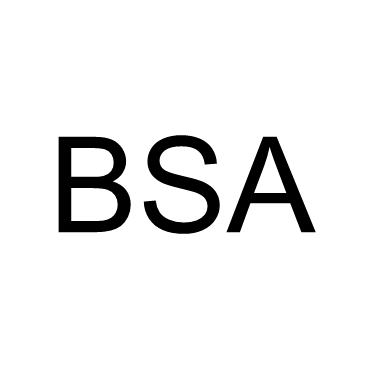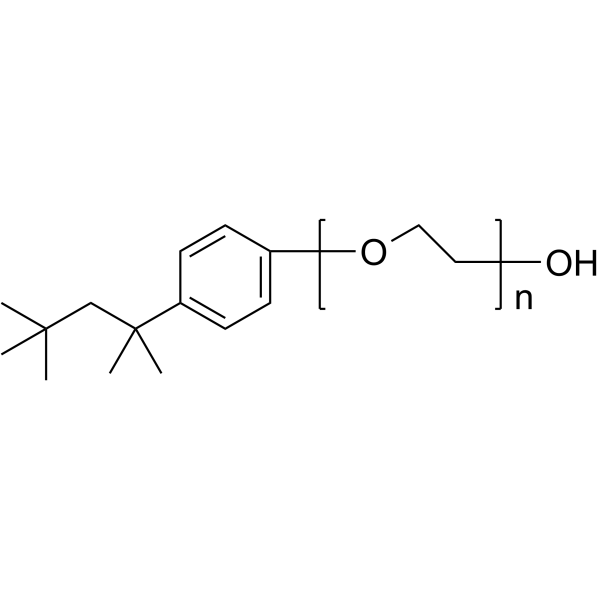| Structure | Name/CAS No. | Articles |
|---|---|---|
 |
Bovine Serum Albumin
CAS:9048-46-8 |
|
 |
Trometamol
CAS:77-86-1 |
|
 |
Triton X-100
CAS:9002-93-1 |
|
 |
1,3-Propanediamine,N1-(2-chloroethyl)-N3-(6-chloro-2-methoxy-9-acridinyl)-, hydrochloride (1:2)
CAS:17070-45-0 |